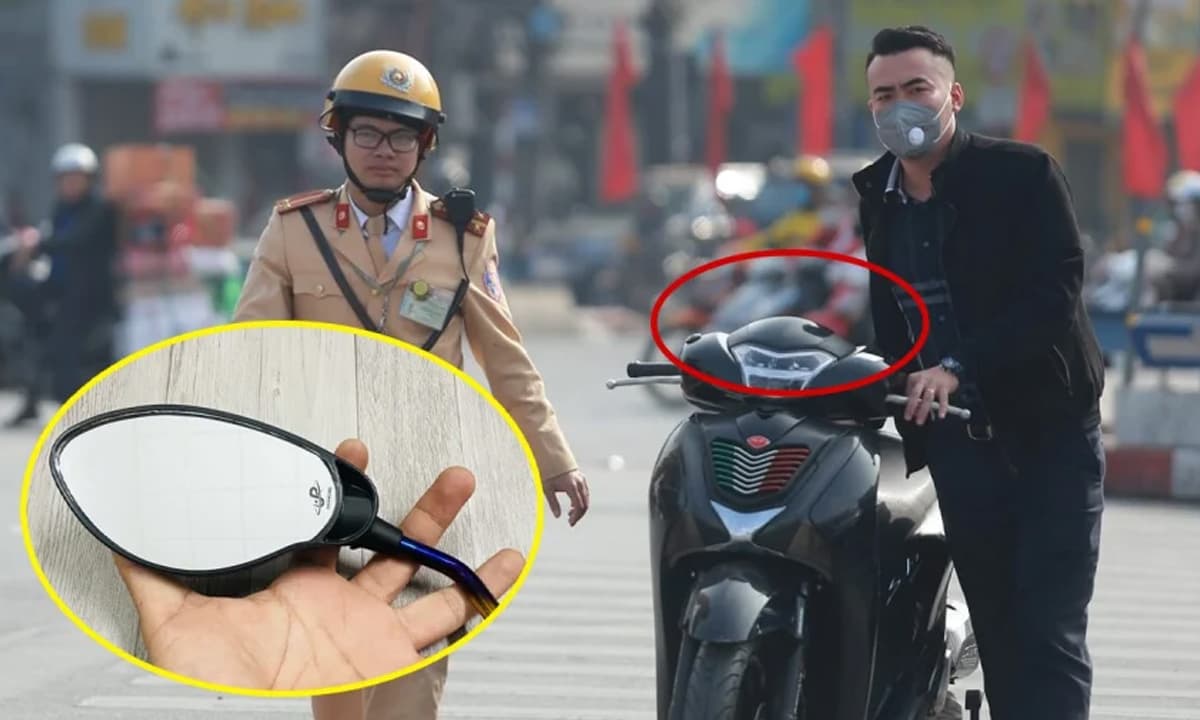The Aircraft That Crashed Yesterday Was Identical to the One a Deceased Whistleblower from Boeing Had Raised Concerns About

Last year, a former quality manager at Boeing warned that the factory that made the 787 Dreamliner—one of the company’s newer models of airplane—was plagued by shoddy work practices and poor oversight. John Barnett, who had worked for the airplane manufacturer for many years before becoming one of its most outspoken critics, said that Boeing was building the planes with ‘sub-standard’ parts and that its mandate of speed and efficiency was endangering lives. Barnett, who refused to fly on the Dreamliner, was also involved in a legal dispute with the company at the time that he died of an apparent suicide.
Yesterday, the plane that Barnett had warned regulators about crashed in Ahmedabad, India, killing all but one of the passengers. The worst aviation disaster in recent memory, the crash has spurred fresh scrutiny of its controversy-plagued manufacturer. While it will take months to understand what actually caused the crash, if the source of the disaster ends up being a vulnerability in the plane’s technical design, it won’t be particularly surprising. Barnett, whose death sparked conspiracy theories due to his involvement in the legal case against his former employer, was one of a long list of critics who have long expressed concern about the company’s manufacturing practices.
The 787 was launched in 2011, with one of the advertised benefits being that Boeing could manufacture the aircraft more cheaply than its previous models. However, from the get-go, the plane was ridiculed for having an overly complicated assembly process. One critic, writing in 2013, noted that the plane was put together through a convoluted network of contractors, some of whom offered limited transparency. Another aviation commentator said that it was as if Boeing had said “F*ck it. Let’s throw out everything we’ve ever known or used in airplane production and use this new, unproven method.” Critics noted that the company had outsourced too many parts to too many different contractors and that there was a risk that all of those components might not properly fit together when the craft was finally assembled.
Upon launch, the plane was almost immediately plagued by technical problems. In 2013, a series of battery-related fires in aircraft cabins caused the FAA to ground all of the 787s in the U.S. until the safety issues could be resolved. In 2015, the U.S. air safety authority discovered a software bug in the plane’s generator-control units that could hypothetically lead to a “loss of control” by the plane’s pilots. The plane also suffered from fuel leaks and other issues.
In 2019, the New York Times reported for the first time on the South Carolina plant where the Dreamliner was manufactured, noting that it was alleged to be “plagued by shoddy production and weak oversight that have threatened to compromise safety.” Barnett—who, by that time, had already left the company—was quoted heavily in the article, saying that he hadn’t “seen a plane [come] out of Charleston yet that I’d put my name on saying it’s safe and airworthy.”
After Barnett’s death, another whistleblower who had formerly served as an engineer at Boeing, Sam Salehpour, claimed that deficiencies in the way the 787 was assembled could cause the aircraft to “break apart” in midair. Salehpour went on to testify about the issues in front of Congress, accusing his former company of being involved in a “criminal cover-up.” He also implied something could “happen” to him as a result of his outspoken criticism. Around the same time, other Boeing whistleblowers emerged from the woodwork to offer similar critiques of the airplane manufacturer, another of whom died. That spring, Boeing also admitted to falsifying documents about the 787, communicating to the FAA that it “may not have completed required inspections to confirm adequate bonding and grounding where the wings join the fuselage” and that other misconduct may have occurred at the company.
Boeing did not return a request for comment.









